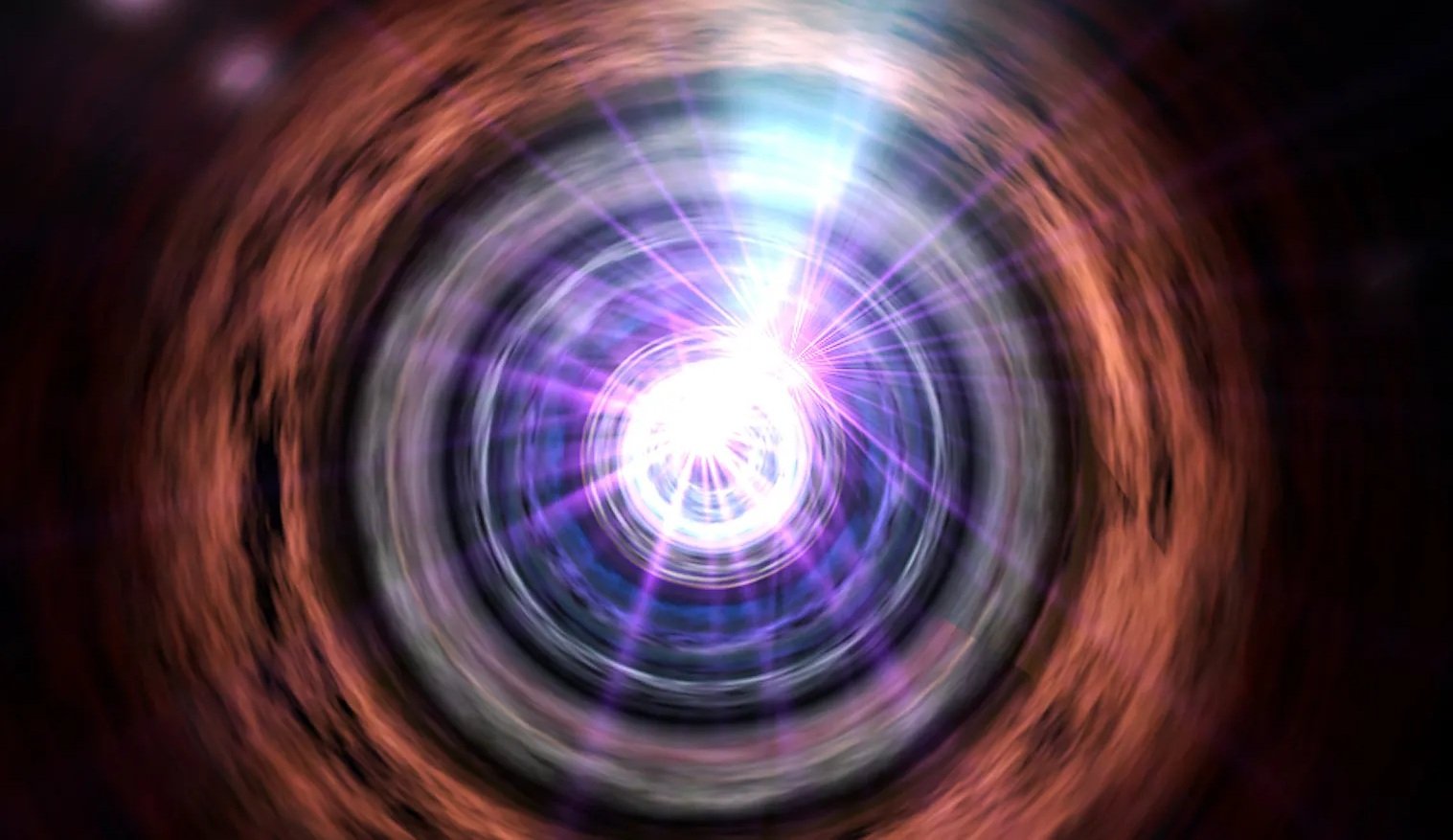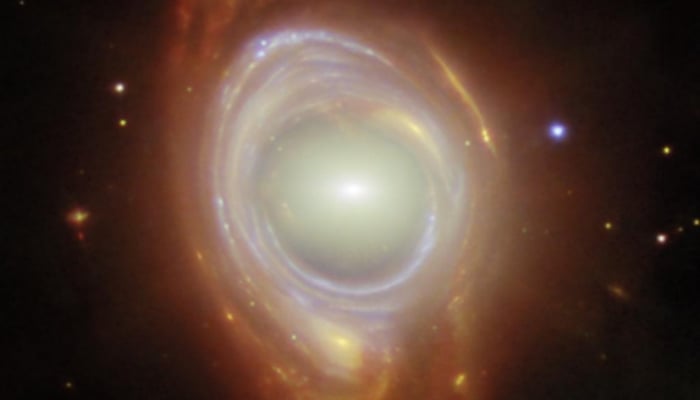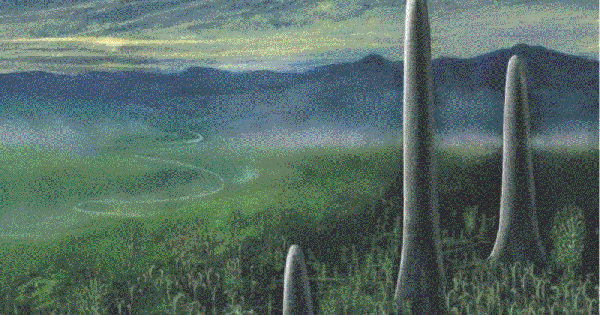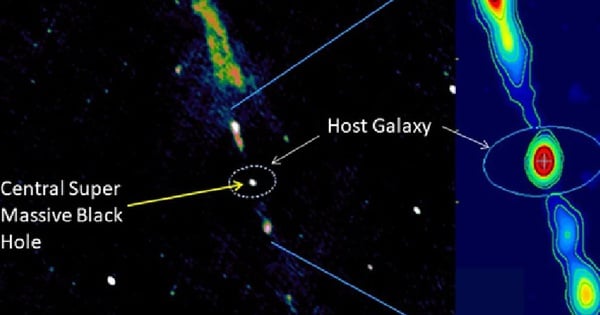(NLDO) - The most distant "monster" blazar ever identified has provided a rare glimpse into the reionization era of the universe.
Scientists have just identified an astonishing "space monster" called VLASS J041009.05-013919.88 (J0410-0139 for short), a type of ferocious object called a blazar.
Blazar is the term used to describe quasars whose jets are directed toward Earth. Quasars are non-stellar objects that are as bright as stars in the sky.

Graphic image depicting a blazar with its "gun muzzle" pointed at Earth - Photo: NASA
A quasar is essentially a black hole that is gobbling up matter, creating a chaotic region around it with bright "burps".
So does the newly discovered blazar: It is currently fed by a monster black hole (supermassive black hole) weighing 700 million times the mass of the Sun.
The beam from this monster is emitted towards Earth, allowing us to observe it more clearly.
According to Sci-News, the discovery of J0410-0139 implies the existence of a much larger population of similar jet sources in the early universe.
These jets are likely to fuel the growth of black holes and significantly affect their host galaxies.
Calculations show that the cosmic monster J0410-0139 emerged from the cosmos 13 billion years ago, when the universe was only about 800 million years old.
It was the early stages of the reionization epoch, which began when the universe was about 700 million years old: As the first stars and black holes formed, they turned much of the universe's hydrogen gas into plasma once again.
Dr Eduardo Bañados from the Max Planck Institute for Astronomy (Germany), co-author of the study on this cosmic monster, described the findings as "winning the jackpot".
According to two scientific papers recently published in the journals Nature Astronomy and Astrophysical Journal Letters , the discovery of a 13-billion-year-old black hole directing its jet toward Earth suggests that the universe at that time had many such black holes.
They were not detected because they did not point their rays toward Earth and were too faint for telescopes to pick up.
The discovery raises questions about why monster black holes grew so rapidly in the early universe.
"This blazar provides a unique laboratory to study the interactions between jets, black holes and their environments during one of the most transformative epochs of the universe," said Dr. Emmanuel Momjian from the National Radio Astronomy Observatory of the National Science Foundation (NSF).
Previously, the world's most powerful telescope, James Webb, also discovered absurdly large galaxies in the dawn of the universe.
All of which raises a suspicion: The early universe may not have been as monotonous as cosmological models have been built over the years, but rather a world of extremely rapid development with super monsters, from black holes to giant galaxies.
Source: https://nld.com.vn/tu-the-gioi-13-ti-nam-truoc-quai-vat-nham-thang-trai-dat-196250112093456402.htm




![[Photo] Ceremony to welcome General Secretary and President of China Xi Jinping on State visit to Vietnam](https://vstatic.vietnam.vn/vietnam/resource/IMAGE/2025/4/14/5318f8c5aa8540d28a5a65b0a1f70959)

![[Photo] General Secretary To Lam holds talks with General Secretary and President of China Xi Jinping](https://vstatic.vietnam.vn/vietnam/resource/IMAGE/2025/4/14/b3d07714dc6b4831833b48e0385d75c1)
![[Photo] Prime Minister Pham Minh Chinh chairs conference to review the implementation of Resolution No. 18-NQ/TW](https://vstatic.vietnam.vn/vietnam/resource/IMAGE/2025/4/14/dcdb99e706e9448fb3fe81fec9cde410)






















































































Comment (0)